Adora and Catra was one of the first ships to emerge from the fandom when the first season of Netflix’s She-Ra and the Princesses of Power was released in 2018. Based on the first episode, it was a pairing that made sense. The two characters had a natural chemistry and a shared history; why wouldn’t the fans embrace the idea of them as a couple?
However, the idea of Adora and Catra forming a romantic relationship has fallen apart in the face of something that only continues to become clearer with each episode of the show: Catra is toxic.
Throughout She-Ra and the Princesses of Power, Catra is shown to be someone who only thinks about other people in relation to what they can offer her. When Adora leaves the Horde to fight against it on the side of the Princess Alliance, Catra takes it personally. In her mind, Adora didn’t just leave the Horde—she left Catra.
At first, Catra attempts to get Adora to come back. However, in the season-one episode “The Promise,” something changes in Catra. She shifts from wanting her former friend to return to her to viewing her as an obstacle to be overcome. From this point on, she doesn’t want to regain what she had with Adora. Instead, Catra wants to tear her down. This desire to “reclaim” her friend, and then to destroy her to remove the fixation from her mind, is evidence of just how unhealthy Catra’s attitudes towards other people is.
It’s not just Adora that she only considers in terms of what their relationship does for her, either. After Entrapta is captured by the Horde, Catra exploits the inventor’s good nature in order to use the tech she can supply in the fight against the Princess Alliance. When the former starts to connect with Hordak (the leader of the Horde), the latter starts to become resentful towards her.
It would have been easy for the show’s writers to take the redemptive route with Catra’s development. Adora makes multiple attempts to reach out and close the divide between them (notably “The Promise,” and season-three episode “Remember”). For her part, Catra seems to be building up something of a found family with fellow Horde members Scopria and Entrapta over the course of season 2.
However, in season three, the writers take Catra in the opposite direction.
Firstly, her hatred grows even more intense.
In season three, Catra is presented with the opportunity to leave her life with the Horde behind. She is sent by Hordak to the Crimson Waste, where it is assumed that she will die. Contrary to this expectation, she quickly takes control of the local gangs and establishes herself as a leader in her own right. Scorpia even points out that she has become happier than she has ever been before and questions why Catra would give that up.
The answer is simple: beating Adora matters more to Catra than even her own happiness. She is so obsessed proving that she’s in the right that she will harm herself to spite Adora. In the season-three episode “Moment of Truth,” she decides to open the portal even when Entrapta warns her that it will mean the end of everything. Up to this point, Entrapta has seemed oblivious to the potential cost of her scientific experiments, but even she shows that she has enough understanding to know when to stop.
Catra, on the other hand, does everything she can to get the portal open. She doesn’t do this because she thinks it would be an especially good idea, or she is somehow blind to the consequences of her actions; she does it because, if she doesn’t, Adora gets to “win,” and that thought is more unacceptable to her than the prospect of the world ending.
Secondly, Catra is willing to hurt anyone and everyone to get what she wants. She knocks out Entrapta with an electric shock in order to stop her from warning Hordak not to open the portal. She then goes on to convince Hordak that Entrapta, who has become his only friend, has abandoned him because she thinks that doing so will get her what she wants.
The final thing to consider is what happens to the people around Catra depending on how they react to her.
When Adora attempts to reach out to her, she finds herself rebuffed, and Catra only seems to further resent her for trying. In the season-three finale, Catra attempts to stop Adora from fixing reality, even going so far as to blame Adora for the problem that she herself caused. It’s only when Adora accepts that not only can she not save Catra from herself, but she is not responsible for doing so, that she is able to save the day. She succeeds because she recognizes that Catra is toxic and stops blaming herself for that.
Conversely, at the start of season three, Entrapta convinces Hordak to give Catra a second chance, rather than execute her. At the end of the season, Catra thanks her by turning on her and manipulating Hordak against her. Unlike Adora, Entrapta puts herself on the line for Catra because she thinks the latter is her friend, and in doing so, she suffers where Adora was able to break free.
Over the course of She-Ra and the Princess of Power’s three seasons, Catra has shown herself to be not only selfish, but destructive towards herself and others. In choosing to show that characters who give her a second chance suffer, and the character who lets go is freed, the writers have crafted a story that says that it is not only good to cut toxic people from your life, but it’s what you should do. As beautiful as redemption arcs can be, sometimes the message of knowing when to let go of people who hurt you is just as important.
(images: Netflix)
Margaret (she/her) once cycled for 90 minutes to get a sausage roll, and she does not regret it. She is a Whovian, a gamer, a comic book nerd, and she has a Left at London tattoo on her leg (she doesn’t regret that either). She currently lives in Godalming, Surrey with her dog, Patch.
Want more stories like this? Become a subscriber and support the site!
—The Mary Sue has a strict comment policy that forbids, but is not limited to, personal insults toward anyone, hate speech, and trolling.—



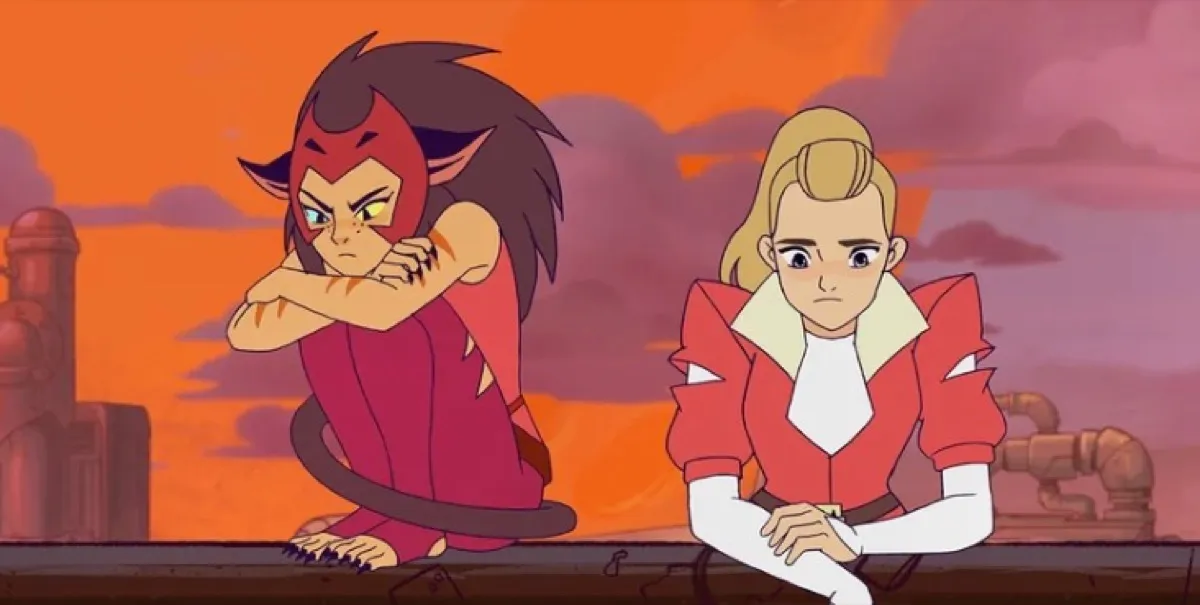
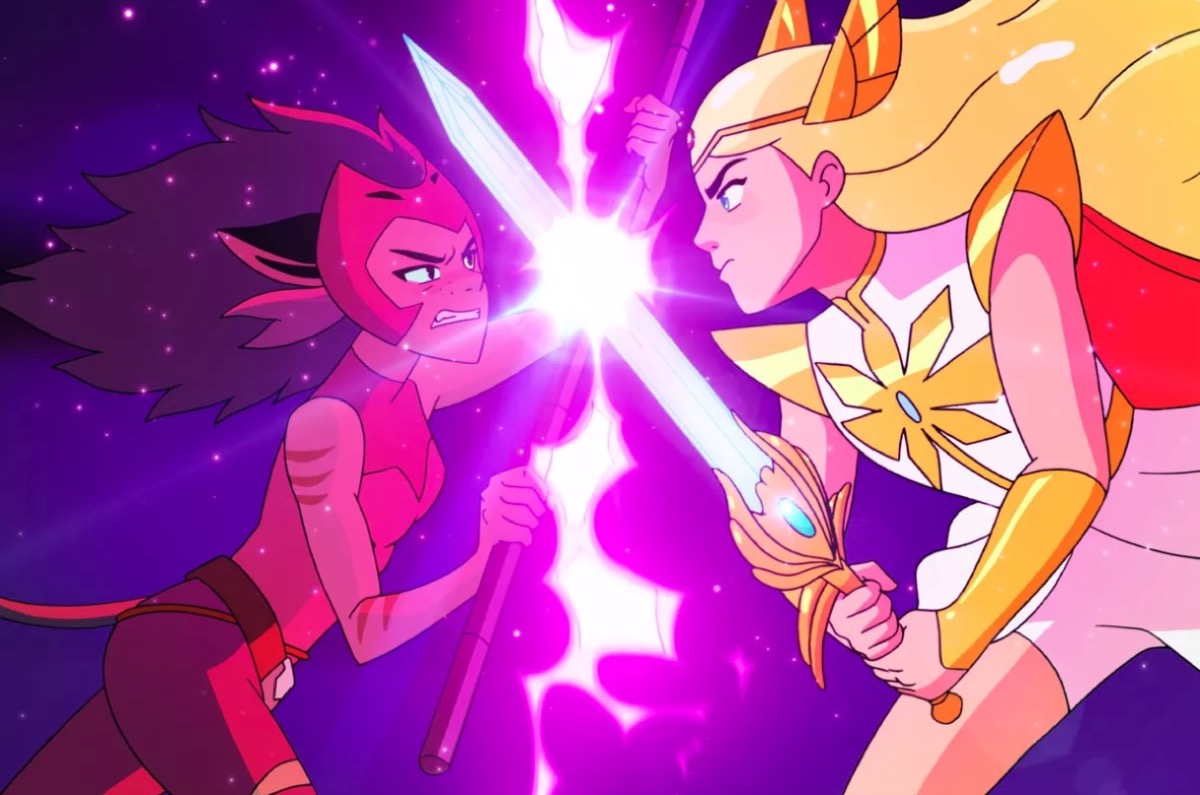

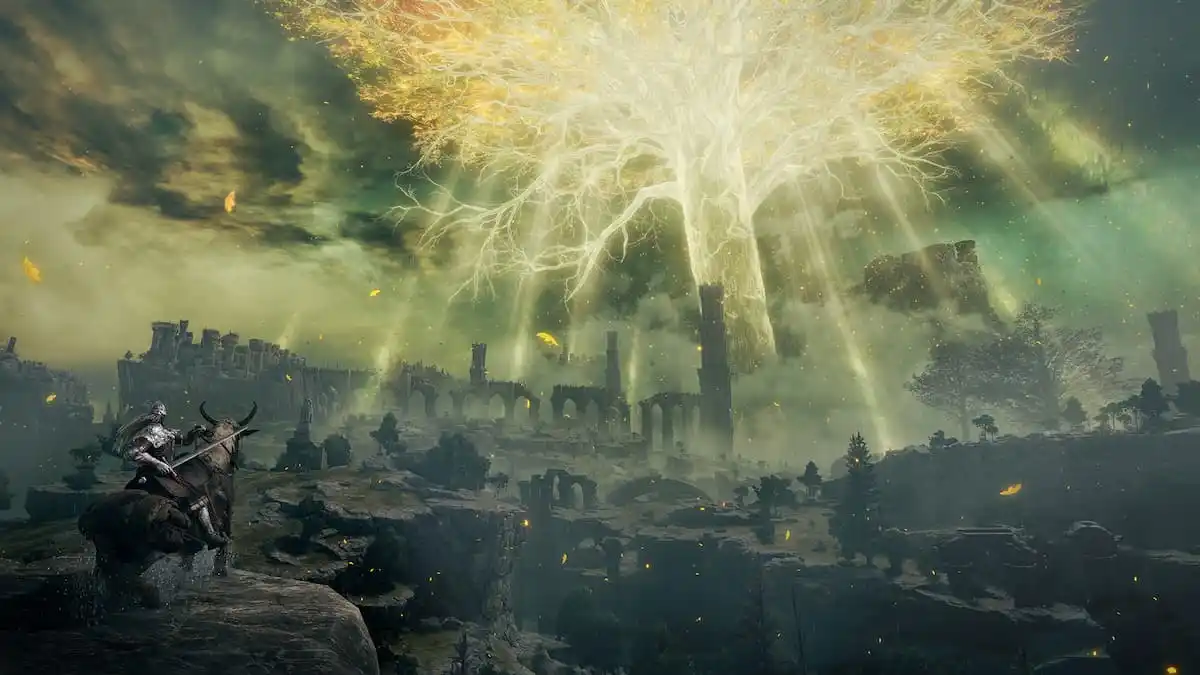
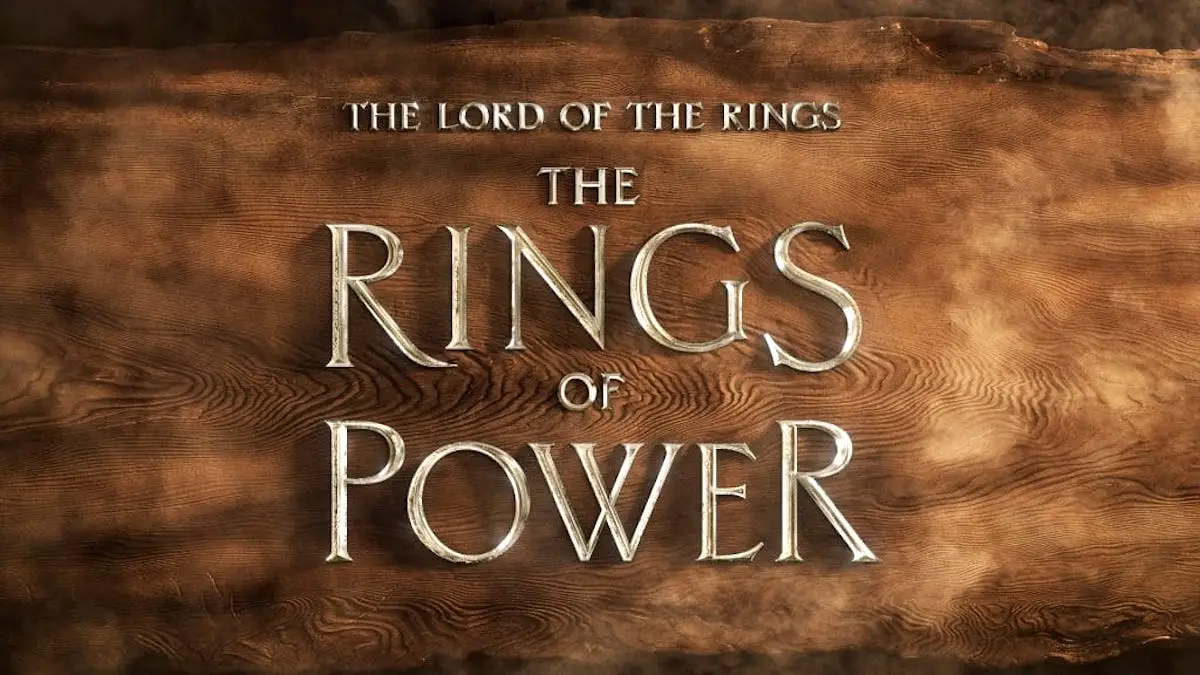
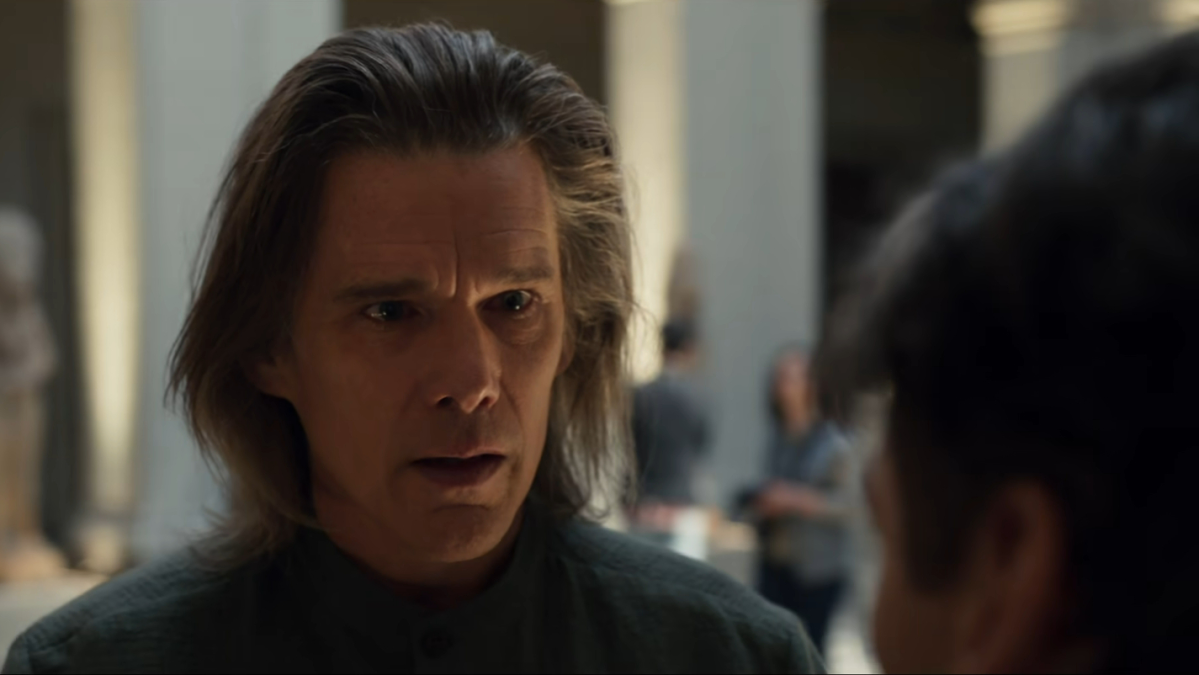

Published: Aug 13, 2019 10:53 am